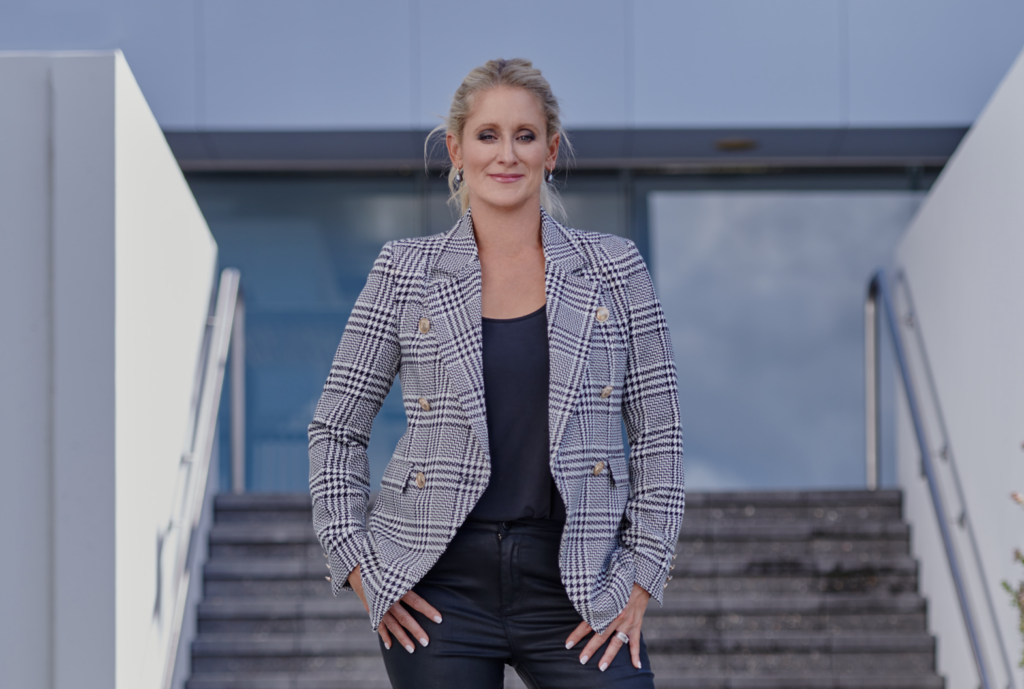
- Author: Vanessa Vershaw
- Posted: June 13, 2023
80:20 rule not working? Try the 40:70 rule to speed up CFO decision making
With our current reality characterised by disruption and volatility it’s the CFO’s who are fast decision-makers and quick to execute that are more successful in leading through uncertain times. They know that every second counts when you’re trying to run at pace with change, stay ahead of the curve in a highly competitive playing field or risk getting left behind.
For years CFO’s have been taught about the ‘pareto principle’, also known as the 80:20 rule to help speed up their decision-making. The 80:20 rule is about knowing how to prioritise where to put your energy by focussing only on factors that are deemed most critical to organisational success – which makes perfect sense.
Interestingly, the 80:20 rule has been adopted most readily by more technically oriented professionals who have a habit of getting stuck in the slow lane valuing perfection over speed and analysis that leads to paralysis.
If the only way to win, is to learn faster than your competition – the 80:20 rule is useful but not as relevant now when what is needed is for leaders to be able to step into new frontiers, build their capacity to learn on the fly and navigate a future that is emerging in real-time right in front of their eyes.
An alternative method is the 40:70 rule and it’s proving to be more useful in making those tough calls in the heat of the moment when the stakes are much higher, requiring you to do the ‘unthinkable’ and tap into your rational brain while also relying on your instincts to accelerate your time to act.
The rule was originally proposed by Colin Powell, former US Secretary of State. His views were that successful CEO’s need to make a call when they have between 40% and 70% of the information available. Less than 40% of the right information is like “shooting from the hip” and likely to result in poor decision quality. Waiting for more than 70% will “delay the decision” unnecessarily.
A well-known CFO of an ASX-50 organisation in the resources sector describes her approach to making decisions as having to “drive like a Ferrari”. She uses the 40:70 rule to be able to step into extreme challenges and solve them by adopting a learning mindset, relying on a blend of both data and gut feel to guide her next moves. Underlying his decisions is a commitment to valuing speed over perfection. It’s not easy but it’s a a new habit she’s focused on developing to be able to move faster and able capitalise on opportunities to give her organisation competitive edge.
The power of her thinking is commendable. Think about it. When you’ve come from a background of getting things right and the entire trajectory of your career success has been rooted in absolutes, operating from a more flexible mindset is enabling her to realise greater possibilities and progress her organisations’ most audacious ambitions with extraordinary impact.
If you’re feeling blocked and stuck in the slow lane, here’s some things you could try to put the 40:70 rule into practice and move into a more winning position:
- Validate your instincts with high quality input and move quickly from validation to action without getting stuck in the sticky web of procrastination using the 40:70 rule.
- Understand that leading agile is a balancing act. To be successful you must be able to calibrate your organisation’s need for both stability and speed to unlock its full potential. They are two sides of the same coin. Sometimes you will need to slow things down, other times you will have to speed things up. Important is to sense how fast you need to move and when you need to slow down.
- Ask yourself two questions – What does ‘done’ look like?” – this gives a clear picture of success based on current data and information and; “Is it good enough for now?” – this will enable you to move from ideas to adaptive action quickly and not start chasing your perfectionistic ‘tail’ before you get stuck.
- Adopt a learning mindset and be prepared to explore what’s possible. Intentionally frame future challenges to be solved by acknowledging that you don’t have all the answers but feel confident in your ability a to figure things out. It’s about saying to yourself – “I don’t know what it looks like, but I will be ready to tackle it with a bit more information”.
When push comes to shove, all leaders are at a tipping point in their own evolution and are expected to operate in a ‘wobbly’ world where uncertainty is a given. Ultimately, your ability to compete in a disrupted world will hinge primarily on how quickly you can adapt, make high quality decisions faster than everybody else and execute at speed. You need to be feeling the need, the need for speed.
About the author –

Vanessa Vershaw, author of Unreasonable Ambition: Renegade thinking for leaders to create impossible change is an award-winning speaker, facilitator and peak-performance coaching psychologist, entrepreneur, and transformation strategist. She is a trusted advisor to executives, key decision-makers, ASX-20 and Fortune 100 organisations globally.
For more information visit www.reinventionconsulting.com.au




